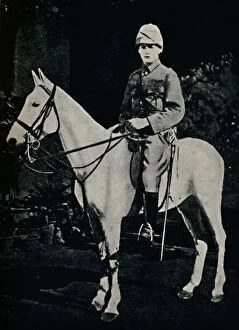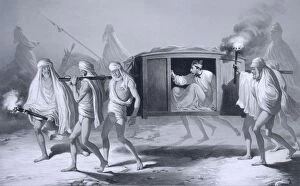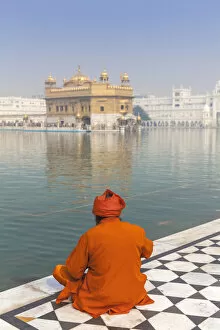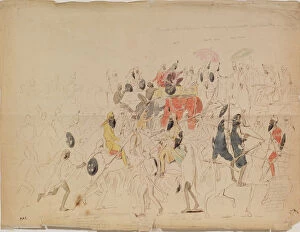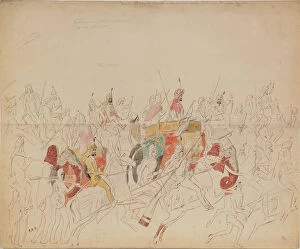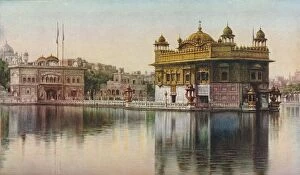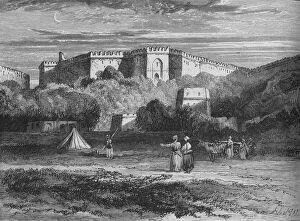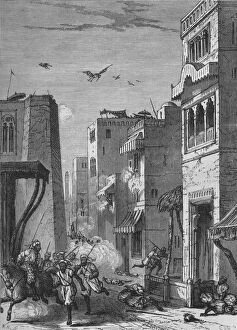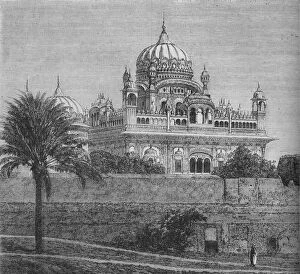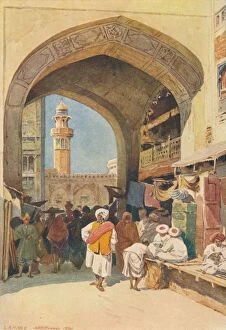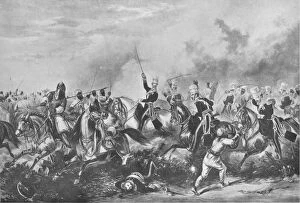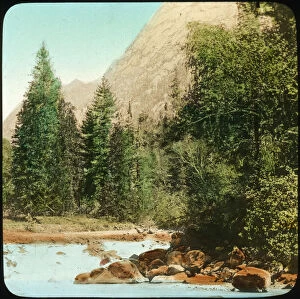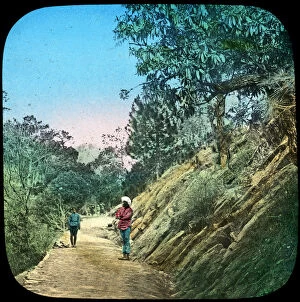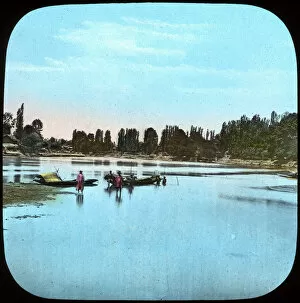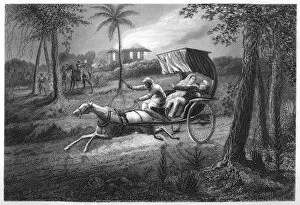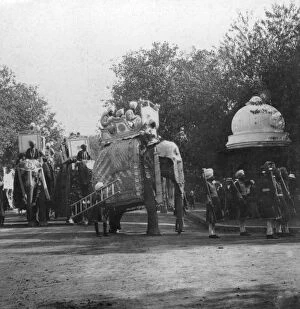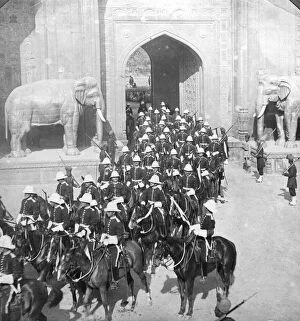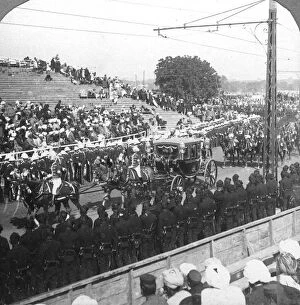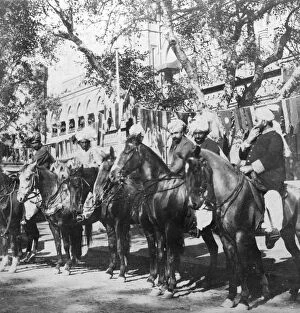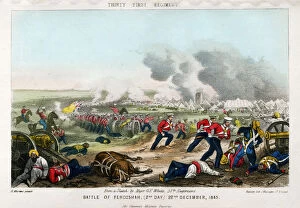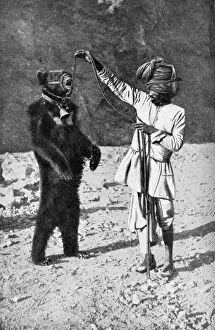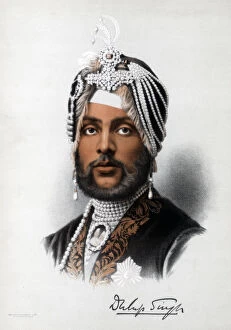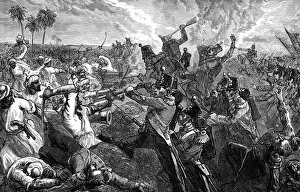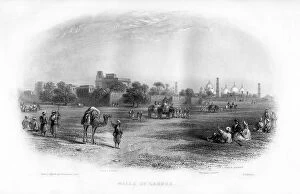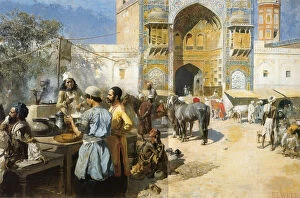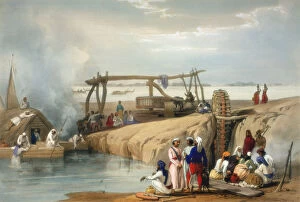Punjab Collection (page 6)
Punjab, a land of rich history and spirituality, is home to the magnificent Sikh Golden Temple of Amritsar
For sale as Licensed Images
Choose your image, Select your licence and Download the media
Punjab, a land of rich history and spirituality, is home to the magnificent Sikh Golden Temple of Amritsar. Also known as The Harmandir Sahib, this iconic temple stands tall in the heart of Punjab, India. As you step into its sacred premises, you are greeted by the mesmerizing sight of the temple reflected in the tranquil pool. The Golden Temple holds immense significance for Sikhs worldwide. It represents their faith and devotion towards Guru Nanak's teachings. This holy shrine is surrounded by Amrit Sagar - the lake of Nectar - which adds to its ethereal beauty. However, Punjab's history also bears witness to a dark chapter: Partition. The map of East and West Punjab reminds us of the pain and suffering endured during that time. Yet amidst these scars, The Harmandir Sahib continues to stand as a symbol of resilience and unity. Every day, thousands flock to this spiritual haven seeking solace and enlightenment. Sikhs from all walks of life gather here in front of their beloved Golden Temple with reverence in their hearts. As you approach this holiest shrine just before sunset, you can feel an aura of tranquility enveloping your soul. A Sikh pilgrim pauses for reflection by Amrit Sarovar - truly capturing the essence of devotion and introspection. Crossing Gurus Bridge over the Pool of Nectar takes you closer to divinity itself. With each step on this bridge built with love and devotion by countless devotees over centuries, one feels connected not only with God but also with humanity at large. Punjab's vibrant culture resonates within every corner; it is a tapestry woven with traditions passed down through generations. From its mouth-watering cuisine to its lively music and dance forms like Bhangra – Punjab never fails to captivate visitors from around the world. Punjab embraces both sorrowful memories etched in history as well as the unwavering faith and devotion of its people.

